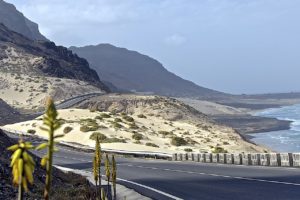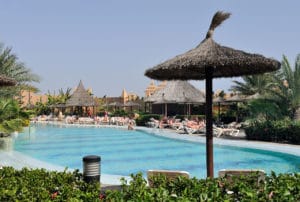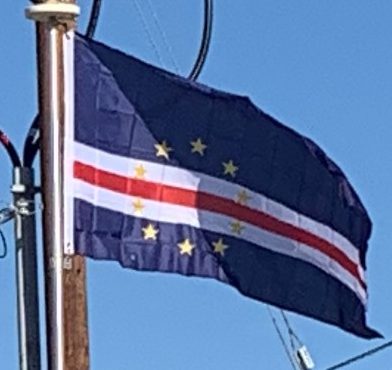The economy of Cabo Verde is service-oriented, with commerce, transport, and public services accounting for more than 70% of GDP. Although nearly 35% of the population lives in rural areas, agriculture and fishing contribute only about 9% of GDP. Light manufacturing accounts for most of the remainder. Fish and shellfish are plentiful, and small quantities are exported. Cabo Verde has cold storage and freezing facilities and fish processing plants in Mindelo, Praia, and on Sal. Expatriate Cabo Verdeans contribute an amount estimated at about 20% of GDP to the domestic economy through remittances. In spite of having few natural resources and being semi-desert, the country boasts the highest living standards in the region, and has attracted thousands of immigrants of different nationalities.

Since 1991, the government has pursued market-oriented economic policies, including an open welcome to foreign investors and a far-reaching privatization program. It established as top development priorities the promotion of a market economy and of the private sector; the development of tourism, light manufacturing industries, and fisheries; and the development of transport, communications, and energy facilities. From 1994 to 2000 about $407 million in foreign investments were made or planned, of which 58% were in tourism, 17% in industry, 4% in infrastructure, and 21% in fisheries and services.
In 2011, on four islands a wind farm was built that supplies about 30% of the electricity of the country. It is one of the top countries for renewable energy.
Between 2000 and 2009, real GDP increased on average by over 7 percent a year, well above the average for Sub-Saharan countries and faster than most small island economies in the region. Strong economic performance was bolstered by one of the fastest growing tourism industries in the world, as well as by substantial capital inflows that allowed Cabo Verde to build up national currency reserves to the current 3.5 months of imports. Unemployment has been falling rapidly, and the country is on track to achieve most of the UN Millennium Development Goals – including halving its 1990 poverty level.
In 2007, Cabo Verde joined the World Trade Organization (WTO) and in 2008 the country graduated from Least Developed Country (LDC) to Middle Income Country (MIC) status.
Cabo Verde has significant cooperation with Portugal at every level of the economy, which has led it to link its currency first to the Portuguese escudo and, in 1999, to the euro. On 23 June 2008 Cabo Verde became the 153rd member of the WTO.

In early January 2018, the government announced that the minimum wage would be raised to 13,000 CVE (US$140 or EUR 130) per month, from 11,000 CVE, which was effective in mid-January 2018.
Cabo Verde’s strategic location at the crossroads of mid-Atlantic air and sea lanes has been enhanced by significant improvements at Mindelo’s harbour (Porto Grande) and at Sal’s and Praia’s international airports. A new international airport was opened in Boa Vista in December 2007 and on the island of São Vicente the newest international airport (Cesária Évora Airport) in Cabo Verde was opened in late 2009. Ship repair facilities at Mindelo were opened in 1983.
